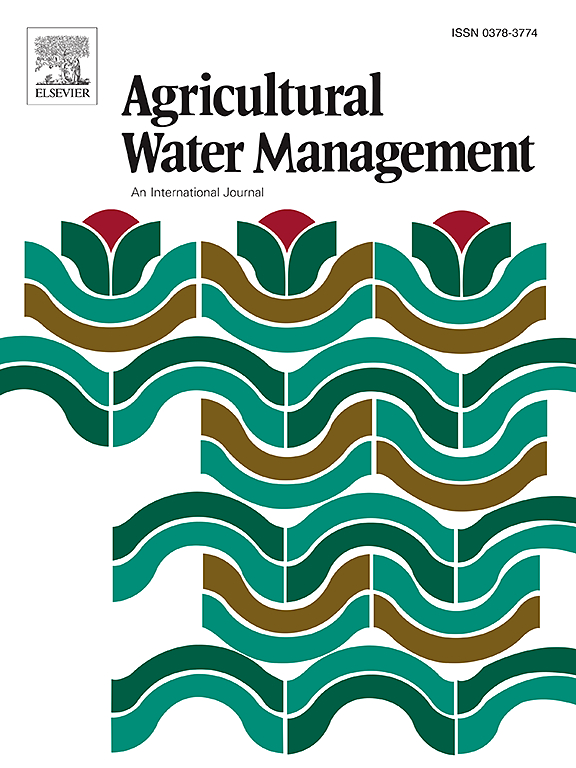Bundling regions to explore synergies and trade-offs among water-wetland-food nexus in Black Soil Granary, China
IF 5.9
1区 农林科学
Q1 AGRONOMY
引用次数: 0
Abstract
The China’s Black Soil Granary (CBSG) is vital for national food security in China. Large-scale agricultural reclamation has boosted grain production, however, it has led to the encroachment and shrinkage of wetlands, disrupted the sustainability of water resource and threatened the stability of grain production. Therefore, evaluating the water-wetland-food (WWF) nexus is crucial for balancing agriculture and wetland ecosystems. However, quantifying synergies and trade-offs within the WWF nexus remains challenging due to unclear mechanisms. In this study, a comprehensive WWF evaluation system was proposed to analyze spatiotemporal patterns across 20 prefecture-level cities (2000–2020) using a coupling coordination degree model. Cities were classified into four distinct WWF bundles based on a similar index. The Partial Least Squares Structural Equation Modeling (PLS-SEM) and Redundancy Analysis (RDA) were employed to explore internal and external drivers of changes in the WWF nexus. The Results show that: (1) From 2000–2020, the WWF system transitioned from a wetland-dominated Barely Coordinated bundle to a WWF Intermediate Coordinated Development bundle, indicating progress toward intermediate coordination (0.7–0.79). (2) Increased precipitation positively impacted wetlands through water resources, but rising food security indices compromised wetland security, hindering WWF synergy. (3) External factors, such a precipitation intensity, GDP per capita, NDVI, and urbanization, positively influenced WWF development. (4) Water resources are the core constraints, wetlands ensure sustainability, and food security is the central goal. This study identifies the conflicts between water and ecology within WWF bundles, provides targeted actions for sustainable development, and promotes regional collaboration.
求助全文
约1分钟内获得全文
求助全文
来源期刊

Agricultural Water Management
农林科学-农艺学
CiteScore
12.10
自引率
14.90%
发文量
648
审稿时长
4.9 months
期刊介绍:
Agricultural Water Management publishes papers of international significance relating to the science, economics, and policy of agricultural water management. In all cases, manuscripts must address implications and provide insight regarding agricultural water management.
 求助内容:
求助内容: 应助结果提醒方式:
应助结果提醒方式:


